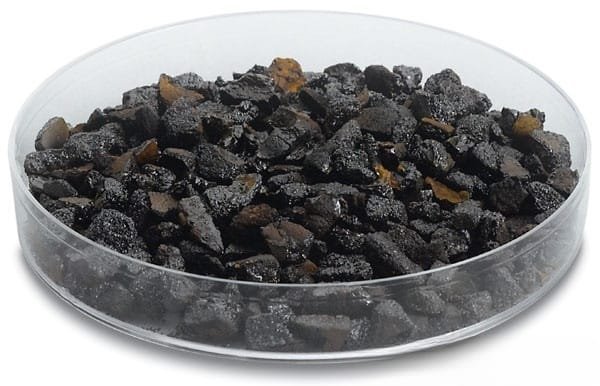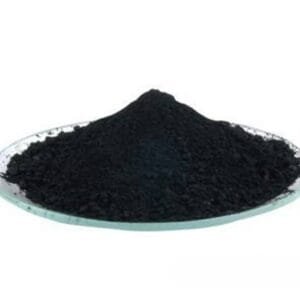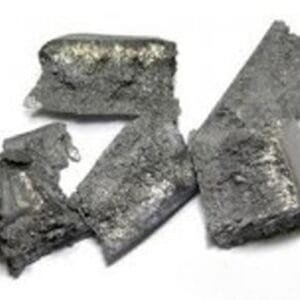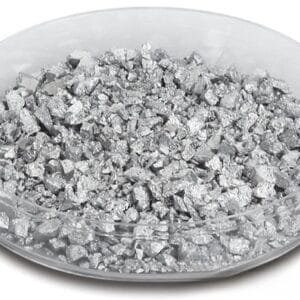TFM offers high-quality iron disilicide evaporation materials, composed of the silicide ceramic with the formula FeSi2. These high-purity materials, with purity levels reaching up to 99.9995%, are essential for achieving superior quality in deposited films. Our rigorous quality assurance processes ensure the reliability and excellence of our products.
Iron Disilicide Evaporation Materials Specification
| Material Type | Ferrosilicon |
| Symbol | FeSi2 |
| Appearance/Color | Gray tetragonal crystals |
| Melting Point | 1,220 °C (2,230 °F; 1,490 K) |
| Density | 4.74 g/cm3 |
| Purity | 99.9% ~ 99.99% |
| Shape | Powder/ Granule/ Custom-made |
Iron Disilicide Evaporation Materials Application
Iron disilicide evaporation materials are pivotal in various deposition processes such as semiconductor deposition, chemical vapor deposition (CVD), and physical vapor deposition (PVD). They are widely used in optics for applications including wear protection, decorative coatings, and display technologies.
Packaging and Handling
To ensure optimal quality and ease of use, our iron disilicide evaporation materials are meticulously tagged and labeled. We take extensive precautions to prevent damage during storage and transportation.
Contact Us
TFM is a leading provider of high-purity iron disilicide evaporation materials. We offer various forms including tablets, granules, rods, and wires, with customization options available upon request. Additionally, we supply evaporation sources, boats, filaments, crucibles, heaters, and e-beam crucible liners. For inquiries regarding current prices or materials not listed, please reach out to us directly.


 MSDS File
MSDS File



Reviews
There are no reviews yet.